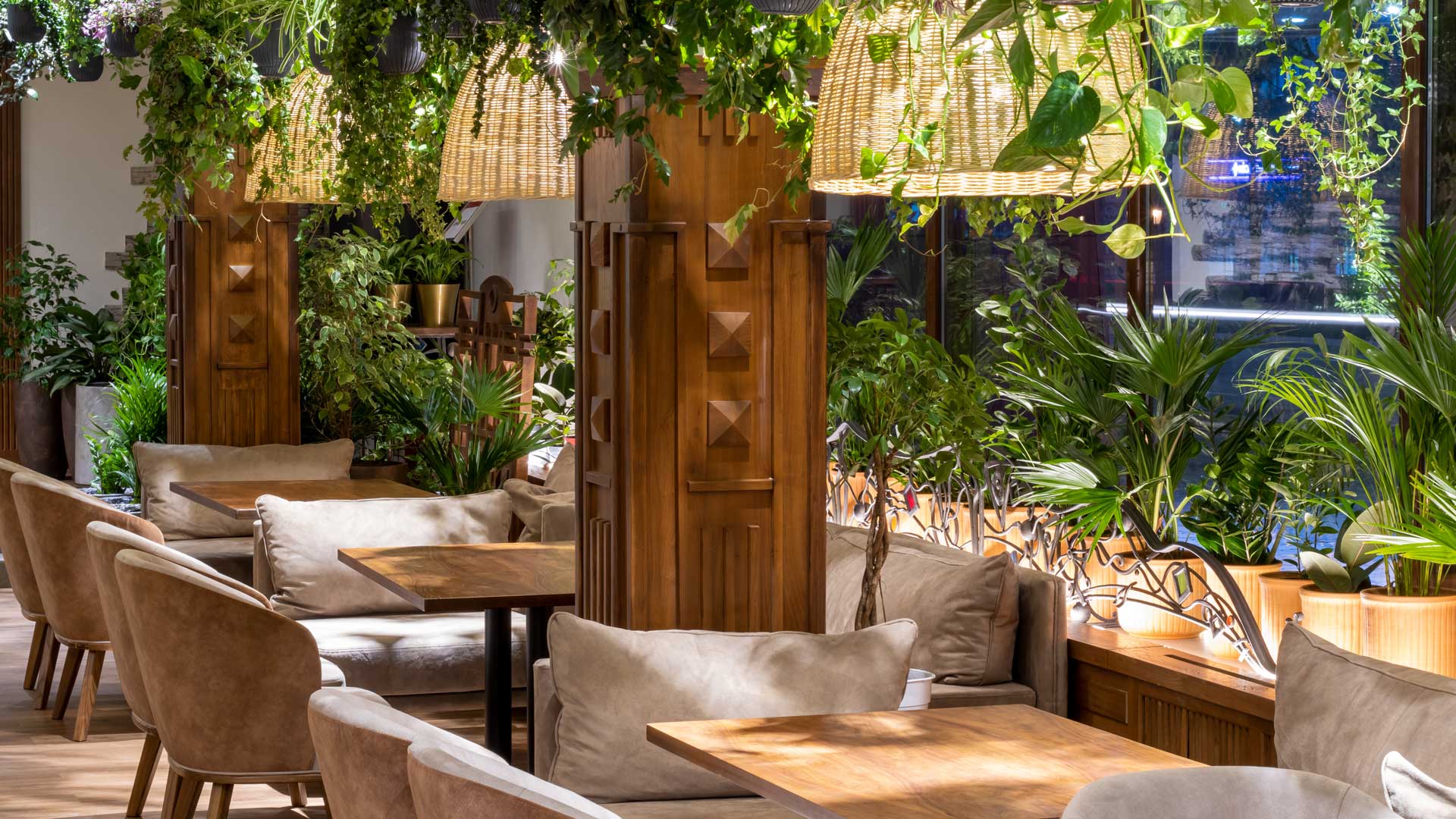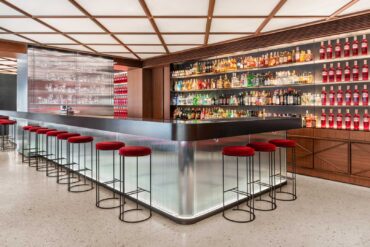In English, “fern” means exactly that: a fern. And so a Fern Bar is, quite simply, a bar filled with ferns—or rather, it was. This curious species of watering hole had its moment of glory in the 1960s and ’70s, only to fade into the shadows of cocktail culture, unlikely to stage a proper comeback.
The Birth of the Fern Bar
The very first Fern Bar opened in 1965, on the corner of 63rd Street and First Avenue in New York’s Upper East Side. It was called T.G.I. Friday’s, and its unlikely founder was a young perfume salesman named Alan Stillman. With no prior experience in hospitality and little knowledge of cocktails, Stillman might have seemed an odd candidate to open a bar. But this was the mid-1960s, a time when American mixology was in deep decline. Bartenders were often undertrained, and patrons weren’t particularly demanding.
The Historical Context
Much of the blame lay with Prohibition (1920–1933), which had dealt a death blow to cocktail craftsmanship. After its repeal, quality didn’t return overnight—far from it. The long-awaited renaissance of the cocktail wouldn’t arrive until the 1990s. In the meantime, American bars limped through the decades, especially the ’60s and ’70s, which remain a kind of black hole in the country’s drinking history.
During Prohibition, cocktails were drenched in sugar and fruit juice to mask the taste of questionable spirits. When better liquor became more widely available, patrons still hadn’t developed a taste for nuance—so bars had little incentive to invest in quality. It was quantity that counted.
A Bar for Women
And yet, Stillman had a vision—and a secret weapon: his mother. With $5,000 from her (a considerable sum in today’s money), he set about opening a bar. He didn’t have a business plan or an eye for design, but he had an idea. At the time, bars were dark, grubby, and unapologetically masculine. Drinking was something women did at home, not out on the town.
Stillman wanted to create a space that women would feel drawn to. So, he added light. Painted the walls pale blue. Threw in cozy touches: wooden chairs, framed photos, faux Tiffany lamps (the real ones were far too expensive). And of course—he filled the space with ferns, suspended from the ceiling or nestled in corners.
An Accidental Revolution
It worked. T.G.I. Friday’s became an overnight sensation, drawing young, single women in droves—and where they went, the men followed. Stillman also got lucky: he launched his bar just as the sexual revolution was gaining steam. According to a piece by Nicola Twilley in The New Yorker, the place became so popular that a doorman had to be hired just to manage the flow. Within eight months, two more Fern Bars had opened in the same neighborhood.
By the summer of 1965, the Friday-night crowds outside T.G.I. Friday’s were so dense they disrupted traffic. The police had to close nearby streets from 8 p.m. until midnight to manage the chaos. In 1967, a second location opened in Memphis, and the concept took off across the country. In San Francisco, Norman Jay Hobday opened Henry Africa’s with money from—who else?—his mother, and invented the Lemon Drop Martini.
The Double-Edged Fern
Fern Bars earned their place in cocktail history as the first drinking spaces designed explicitly for single, middle-class women—a progressive step. But the drinks themselves? Less so. Sugary and creamy concoctions were the order of the day. Craftsmanship and balance were rarely priorities. Speed and profitability mattered more than precision or taste. Not that Fern Bars were solely to blame—it was the drinking culture of the era.
From Boom to Bust
Just as cultural trends had fueled their rise, they also brought about their demise. By the 1980s, women’s social presence outside the home was no longer unusual. The raison d’être of Fern Bars disappeared. Then came the cocktail renaissance, a movement that restored the value of craftsmanship and ingredients. Suddenly, drinkers cared about what was in their glass—and a bar didn’t need potted ferns to welcome women.
Gone for Good?
So, should Fern Bars be relegated to the past? Perhaps. But nostalgia sells. First came the speakeasy revival, then the Tiki bar comeback. Who’s to say ferns won’t sprout again? If they do, though, the drinks will need a serious rethink—refined recipes for an audience more aware about fine drinking.







